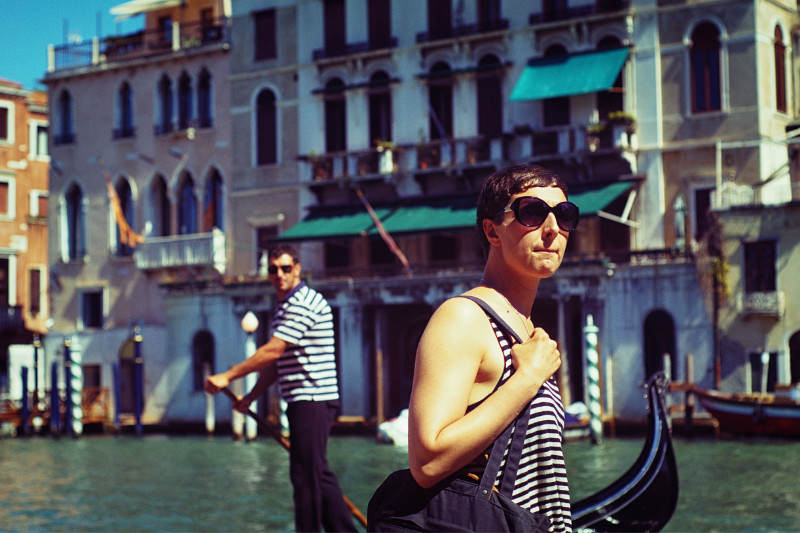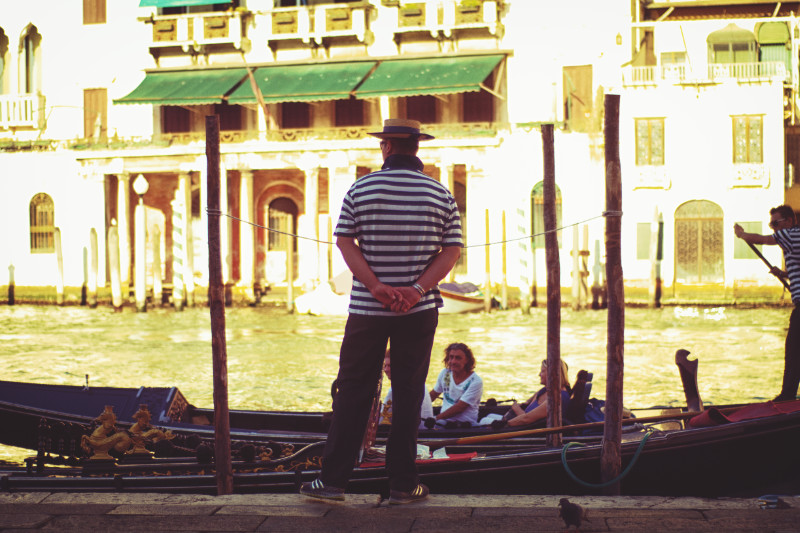The Story of Venice’s Gondoliers
The dark shadows of those emblematic Gondolas have moved through the canals of Venice for 1000 years, and for each of those dark crescent-shaped boats, there have been hundreds more Gondoliers, each rigorously trained and sworn into the guild of Gondoliers, only after years of apprenticeship at the mercy of a master Gondolier.
Originally the Gondoliers worked mostly for the Venetian elite, the wealthy and famed, and at their height, numbered in their thousands. They became the steerers of a maritime fad, that with the advent of steamboats, began to die down to what it is today: a vessel for tourists to see the city from the historic canals, but also a symbol of the city of Venice, and its past melded to its present via its maritime veins.
This much is true enough, but the history of the Gondoliers is vast and complex, protected by the secrecy of the guild and shrouded in a beautiful mystery: a perfect theatre for Venice, so laced, as it is, with romance and performance.
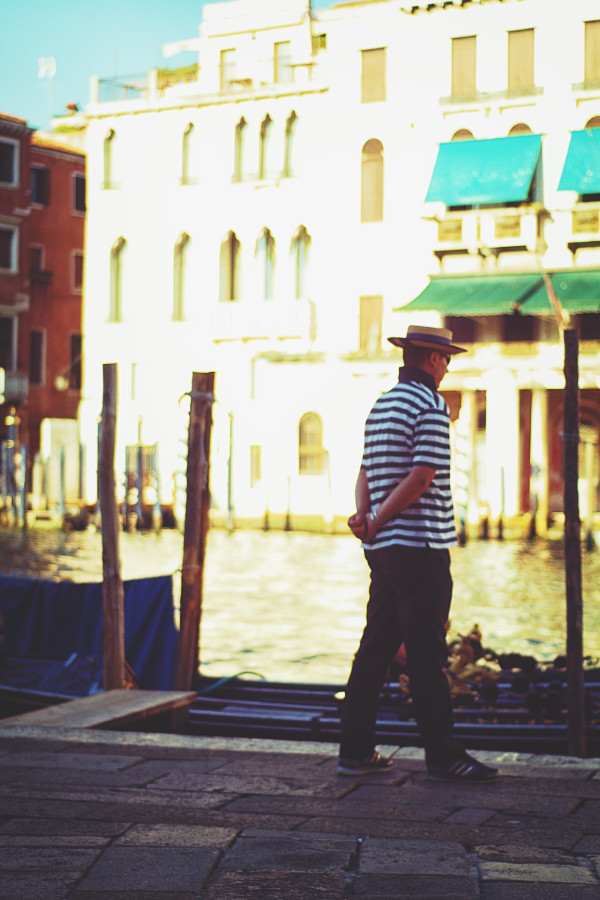

As it is, the cabal-like guild of Gondoliers doesn’t like to give too much away. Just 425 Gondolier licenses are awarded by the city of Venice, and boats are often passed down from father to son, keeping it firmly within Venetian families. Giorgia Boscolo, who inherited the right to row from her father, is the first, and only official, female Gondolier who was crowned Gondoliera in 2010 and is, as of the 2020s still the only one.
Usually, if a woman inherits a Gondola, then, for example, as a widow, she would be allowed to employ a substitute on her husband’s license for two years, or until her son grows old enough to enter the guild, but would not be allowed to fill those duties herself, so Giorgia Boscolo has not just earned a distinctive right to learn the ropes (complex techniques, such as the Voga Veneta for example) but also broken with 900 years of Venetian tradition.
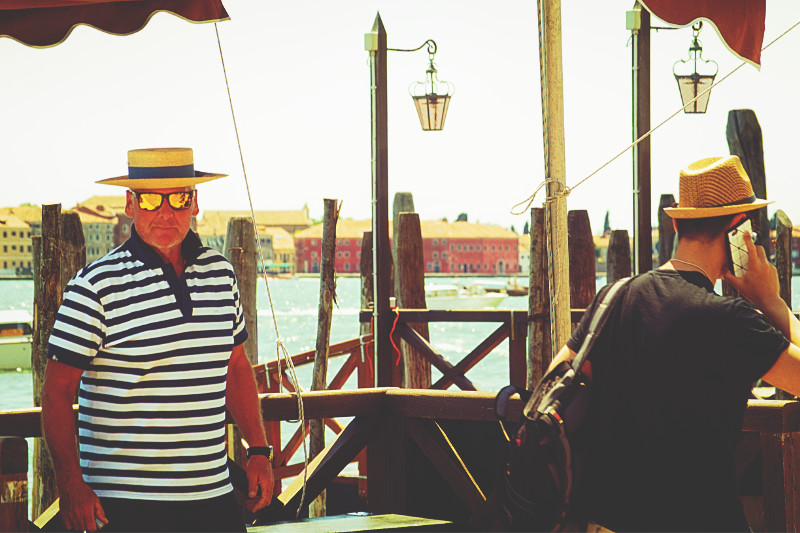
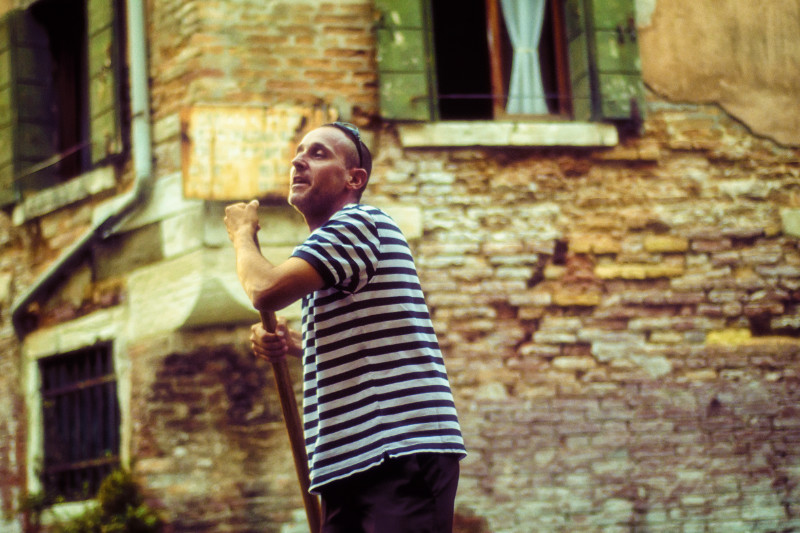
Gondoliers have been hot gossip for a thousand years and some say that the Gondola has been in existence since the 600s, and while evidence of this is lacking, it’s easy to find a reference or two in literature. My favourite is outlined in Giacomo Casanova’s memoir Story of My Life, where he talks of one of his favourite late-night pastimes: unmooring the gondolas to enrage the blaspheming gondoliers the next morning, who then had a reputation as fighters and drunks.
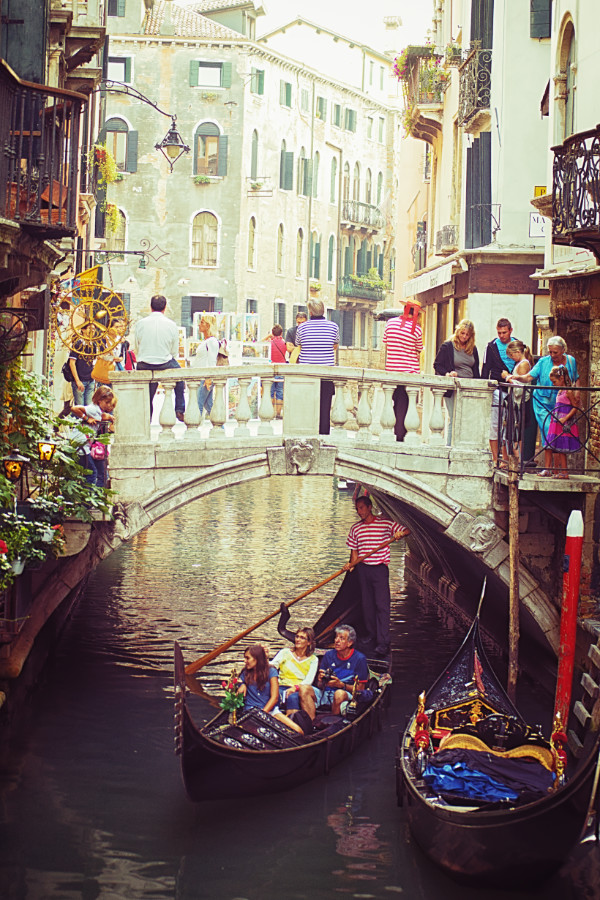
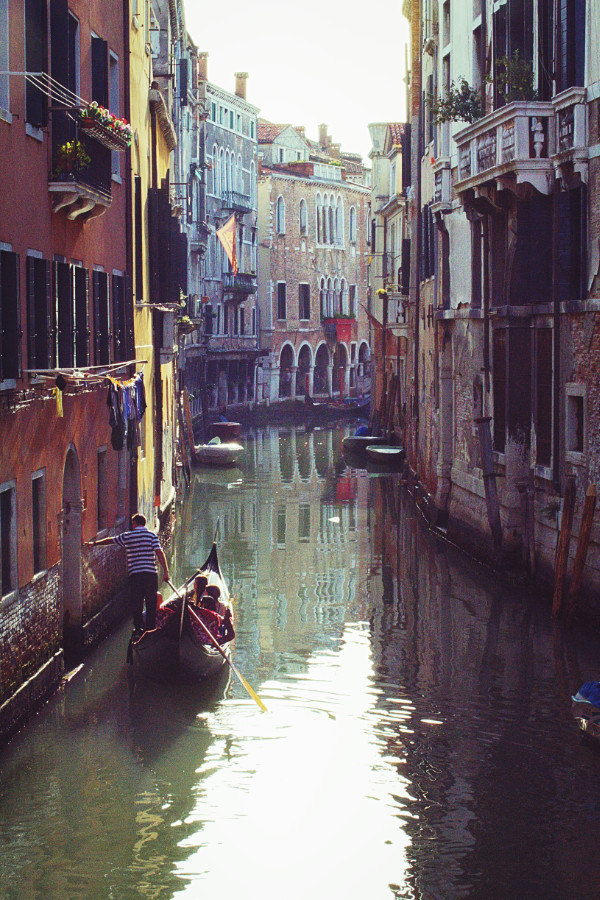
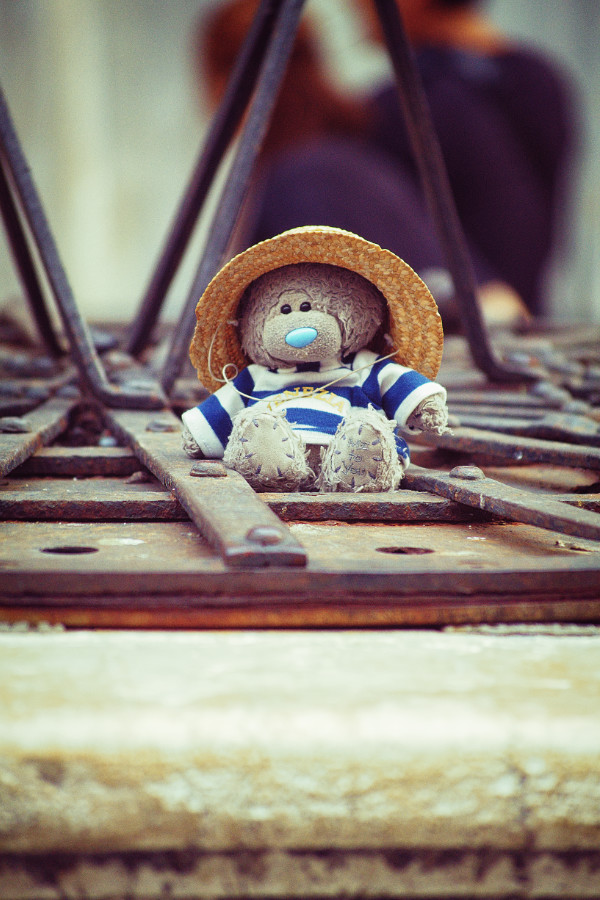
Today’s Gondoliers are better known as touts rather than the gambling drunks of old, found lingering on the banks of canals constantly purpose-poised and ready to pounce on their next 100 Euro fare. That’s not to say they don’t share some traits with their distant ancestors, indeed, one of the most noted reasons for an absent Gondolier is suspension for bad behaviour. Usually fighting amongst themselves.
As the city of Venice stands up rising sea levels made worse by modern motor boats, the Gondoliers not only provide an essential service, acting as servants to millions of travellers but they also stand as an icon of tradition and history, and have, in recent years, provided a voice against speeding boats and other maritime issues affecting the fading city.
